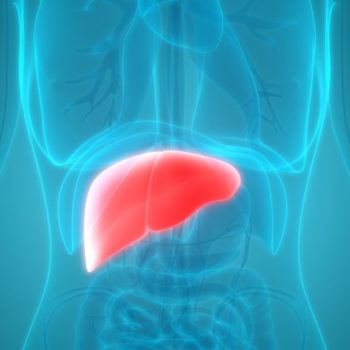A new study found that men who drank alcohol in late adolescence are more susceptible to developing liver disease. Are the current international guidelines on safe drinking too lax and optimistic? We talk about this issue with Dr. Roberto Ceriani, hepatologist at Humanitas.
Research at the Karolinska University Hospital in Stockholm
Researchers working at the Center for Digestive Disease of the Hepatology Division at Karolinska University Hospital in Stockholm, Sweden, conducted a large-scale retrospective study to observe how alcohol consumption during adolescence can affect a person’s health in his or her adult life. Analyzing the data, the researchers noted some worrying links between alcohol consumption in men and the onset of liver disease after middle age. According to Hannes Hagström, the study shows that drinking in late adolescence increases the risk of developing liver cirrhosis.
Alcohol as an important risk factor
Alcohol consumption in general is known to be an important risk factor for liver disease, as well as for heart disease and certain types of cancer. Currently, in the United States, the recommended limit for alcohol use is no more than two glasses per day for men and one “drink” per day for women (a “drink” means about 0.6 ounces or 14 grams of pure alcohol).
According to the new study, published in the Journal of Hepatology, these recommendations may need to be changed, as alcohol appears to affect men’s health more strongly than previously thought. The study by Hagström and the group was retrospective: focused mainly on the link between alcohol consumption in late adolescence and health outcomes in adulthood, in particular the risk of liver disease, it analyzed data from a national population study conducted between 1969 and 1970, taking into account all Swedish men recruited for military service. The research has collected the data of more than 49 thousand men aged between 18 and 20 years. This enabled researchers to trace all participants diagnosed with a serious liver disease by the end of 2009. It was found that young men who seemed to have supported alcohol consumption in late adolescence had a high risk of developing severe liver disease in old age. After a follow-up period of 39 years, a total of 383 men had developed one of the following conditions:
Cirrhosis, which is characterized by a progressive deterioration of the liver, leading to an altered blood circulation in this organ;
Liver failure disease, which may arise as a complication of cirrhosis and may include hepatocellular carcinoma:
Ascites (or excessive accumulation of fluid in the abdominal cavity);
Esophageal varices;
Hepatorenal syndrome (deterioration of renal function) and hepatic encephalopathy (deterioration of brain function associated with severe liver disease);
hepatic insufficiency.
“Already in the past, at the beginning of the 90’s, researchers in Italy examined the prevalence of chronic liver diseases in a cohort of 7,000 people enlisted in 2 municipalities in northern Italy: Campogagliano (MO) and Cormons (GO) – added Ceriani. The project that took the name of Dyonisos, then Dionysos1, then demonstrated that overweight and obesity carried more alcohol to liver steatosis (overload of fatty substances in the liver) and then it was documented that the liver damage was due to a higher consumption of 30 g per day corresponding to the 3 units, or 3 glasses of wine or 3 cans of beer or 3 small spirits.
Quantities in the sights of scientists
According to the researchers, the risk of developing liver diseases depended on the amount of alcohol that men had consumed. Thus, two glasses a day (about 20 grams) were associated with a higher risk of liver disease. Other drinks were linked to an even more obvious risk. In addition, scientists have found a high risk of adverse health outcomes even for low alcohol consumption, of about 6 grams per day.
In the light of this, it is also important for men to review their eating habits and reduce alcohol consumption to a minimum, as this is always the best prevention policy.
“The study suggests that the risk of developing liver disease in old age, depends on alcohol consumption at a young age and that the increased risk is likely to depend on a longer exposure than you start drinking later in life – commented the specialist. Therefore, the levels recommended in the past for safe drinking may need to be revised, and this will have clear implications for health decision-making. I would like to remember, however, that in spite of this, there are people who drink a fair amount of alcohol every day without showing obvious signs of liver disease because it is likely that there are genetic and environmental factors that allow the liver not to get sick.







